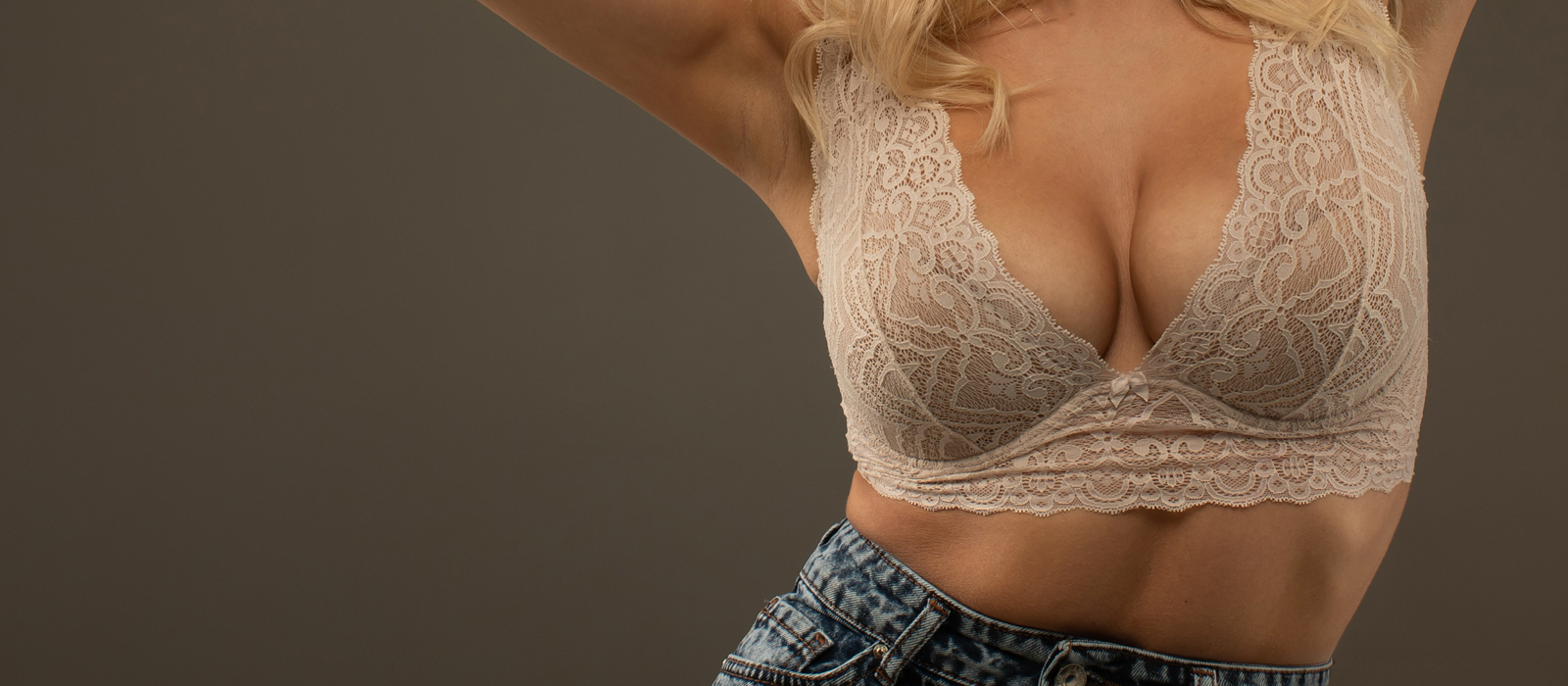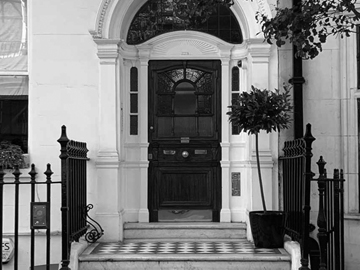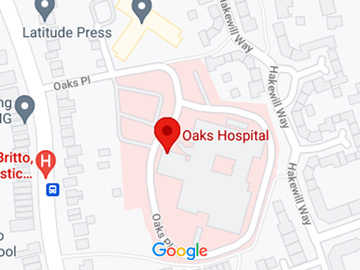Quick overview
How long does it take?
2 to 3 hrs
What type of anaesthetic is used?
General anaesthetic
Do I have to stay over at the hospital?
Not routinely, overnight stay if requested
Surgical Drains
Not routinely
Pre admission tests
MRSA screen
Breast screening according to breast health
Nil else in fit patients
Final Results
4 to 6 months
Garment
Scarring/Incisions
Anchor’ scar, ‘lollipop’ scar or peri areola
Other options for bespoke or combination surgeries
Cost
How long before I can…
6 weeks for the Gym
What is combination uplift augmentation surgery?

Mastopexy alone will not provide for breast volume, and the repositioning of breast tissue may require a small reduction of breast volume in order to retain position and shape. For this reason mastopexy is often combined with breast implant surgery to give the uplifted breast shape, volume, or ‘boost’.
The combination of breast lift and implant volume can be used to optimise a feminine natural shape, give the breast projection and boost, reposition the nipple, and support breast laxity or replace volume.
Women of all ages seek breast reduction and/or uplift surgery for a variety of reasons and the changes in both their physical and psychological well-being are always appreciated. The design of the surgery is unique to each individual patient and Jonathan is meticulous in his planning, and attentive in his listening, to achieve that comfortable, feminine breast to suit height, figure, and the personal activities of daily life that provide health and wellbeing for each individual.
There are many different techniques of combined mastopexy/ augmentation which are dependent on the individual aims for quality of life, the overall height and figure of the patient and the quality of the breast, skin and nipple. Whereas mastopexy rearranges the architecture of the breast, the skin, and the nipple ‘from the front’ the breast augmentation with implant places that implant behind the uplifted breast. This is very important because the breast is placed under tension, and the techniques must be very safely applied to protect the blood supply and the health of the healing tissues, whilst at the same time providing the correct aesthetic result. For this reason, to balance outcome and safety, breast augmentation and uplift may be undertaken as a staged procedure, undertaking either the uplift or the augmentation first with the other procedure to follow depending upon the bespoke circumstances.
There is always a circular scar around the nipple, and usually a continuous vertical scar running from the nipple to the fold beneath the breast. A transverse scar may also be used which runs along the crease beneath the breast. The length of the overall scars reflects the amount of breast skin removed, and the need to protect the breast tissues from undue tension. Breast scars are visible initially and with excellent scar management these scars can be barely visible after 12 months post-surgery.
During the consultations that lead up to the surgery Jonathan will make measurements at the mirror to determine the correct repositioning of the nipple, and to demonstrate the position of the scars.
Every breast demonstrates natural asymmetry and individual proportion relating to the patient’s frame, size, and figure. The amount of excess skin, and the reshaping of the breast, is calculated along with the breast ‘height’ to achieve a firmer, higher breast position, with projection and uplift. The aim is to restore the breast to the best anatomical position possible and a size that is in keeping with the patient’s natural body shape. The type of implant to be used is a key determinant, and is closely planned, and the proportions of the nipple and areola are calculated in the design in keeping with the new breast.
Jonathan
Benefits
Why would you consider a combination breast uplift and implant?

The sense of breast ‘disproportion’ is highly personal. The impact may be highly emotional, where the lax pendulous breast causes loss of body confidence. The skin of the breast can be affected with wrinkling, stretchmarks and ‘crepey’ laxity. There may be nipple – areolar disproportion, with loss of regularity and aesthetic confidence, causing embarrassment in changing rooms or personal relationships. The impact on personal life, the ability to partake in sport and exercise, and the ability for a freedom of choice in clothing can all be compromised by laxity, droop, and ‘breast disproportion’. The combination of physical and emotional challenges can cause social exclusion and deep unhappiness.
Naturally lax, pendulous breasts may be a feature of adult life, or have resulted from weight loss or post-pregnancy change. The aim of combination augmentation/uplift is to restore breast femininity and proportion with breast confidence in daily life and body image. Women of all ages seek advice for augmentation/ uplift surgery, and these are some of the most satisfying procedures for life changing impact upon health and wellbeing.
Anaesthesia – The Twilight Team and daycase general anaesthesia
One of the biggest concerns for women thinking of having a breast rebalancing surgery is a fear of being ‘put to sleep’ for the operation. There is a guilt factor of putting oneself at risk, particularly if there is a young family, and fear over recovery time from a general anaesthetic.
For the smaller breast uplift procedures, our team can alleviate those fears with the use of ‘twilight anaesthesia’, which allows a gentle sedation and reduced risk, whilst at the same time providing comfort and rapid recovery. For the larger breast procedures such as combination augmentation and uplift procedures, the benefits of the principles of Twilight anaesthesia are extended into our day case general anaesthesia technique, where patients are fully asleep, but awake gently and comfortably so as to allow Jake his discharge from hospital if they so wish. The day case general anaesthetic technique is so well honed that the majority of our patients request a day case surgery under general anaesthesia for even quite large breast rebalancing procedures.
FAQs
Mr Britto will firstly spend some time going through the options available and explaining the technicalities of the procedure. You will then be assessed, and this is completed in a private, warm room providing you with your privacy and dignity and chaperones are provided if you wish. Diagrams and marking on the breast at the mirror are used to fully explain the plan, the technique and the scars which result.
During the consultations that lead up to the surgery Jonathan will make measurements at the mirror to determine the correct repositioning of the nipple, and to demonstrate the position of the scars.
Every woman is individual, and this assessment offers an opportunity to thoroughly explore the options available. Questions such as ‘one stage or two?’, and ‘which style of implant is best?’ will be discussed and addressed with evidence based advice given. Mr Britto takes time to explain how he formulates his treatment plan to get you a beautiful result that suits your natural body shape.
Following this examination, you return to the consultation room, and Mr Britto will go through his thoughts and discuss the options available to you.
Mr Britto will discuss the anesthetic options which will be based on many factors, along with details of the hospital, recovery and after care. All this information will then be sent to you in a personalised letter from Mr Britto along with the costs related to the surgery.
This will give you time to consider what has been discussed. We will then invite you back to have a second consultation. We expect you to have more questions at this time and it’s a great opportunity to go over the finer details.
‘crop – top’ is worn for 6 weeks (day and night) and physical activity is restricted for one month until the implants settle in their new position. The best sleep position is on your back, in a bra, to prevent movement of the implants and healing tissues in position. Driving, household chores and professional activity is usually after 7-10 days.
Both are more common in women having secondary breast surgery.
Every surgical procedure carries a potential risk, and in combination breast surgery this relates to each aspect of the surgery, and each aspect of expectation of outcome. All procedures for appearance change risk the ‘expectation gap’, which is individually explored to make sure that the surgery is an appropriate choice. The risks and responsibilities of each procedure are discussed and documented so that surgery will only proceed on an open and honest partnership of understanding
Implant related secondary surgery may be for reason of appearance change – ‘I want to be bigger/smaller/uplifted’ – or for comfort and relief of symptoms related to change in the breast or the implant capsule. The most common reasons are for appearance change – new implants, or implant-uplift surgery.
What our patients say…
Breast Lift with Implants: Outstanding Results




